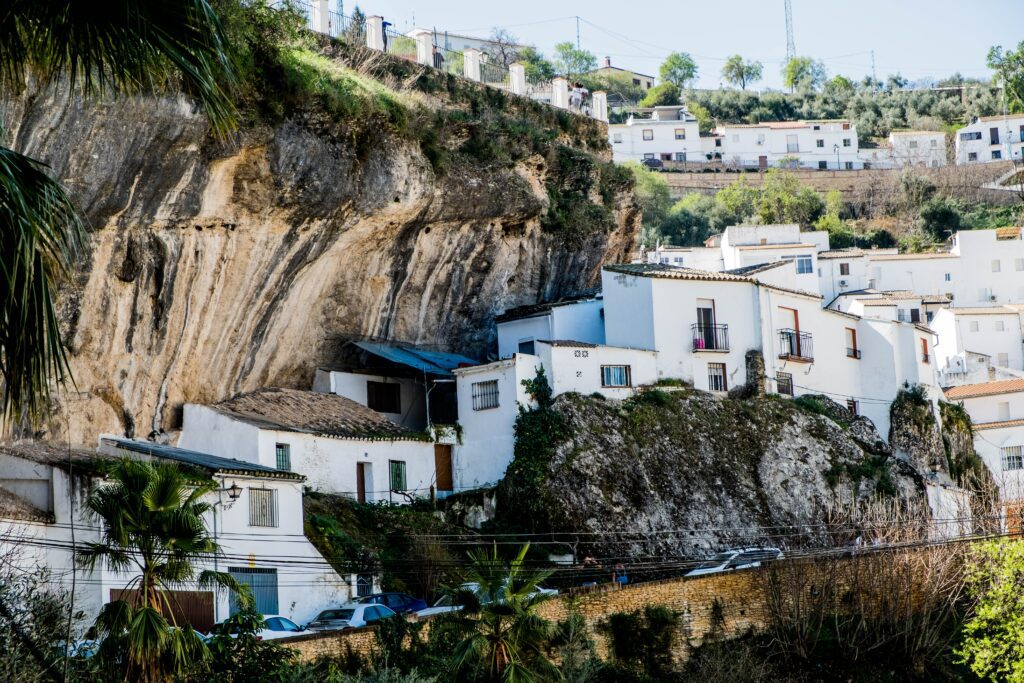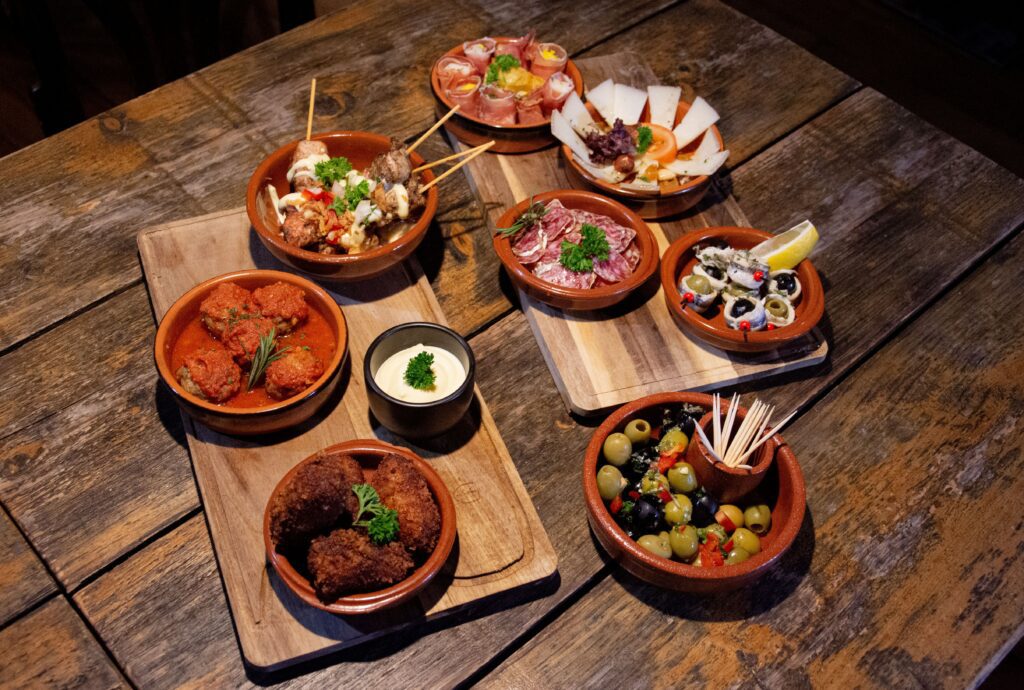A Food Fun Travel Guest Post
It’s impossible to understate the role of food in our daily lives. If you are a food lover, a gastro-connoisseur or even someone who knows very little about food, you’ll still spend a lot of your time thinking about, shopping for and preparing your next meal.
In this day and age, the modern traveller has so many chances to visit a wide array of destinations with the most diverse and authentic food offerings.
We have come a long way from the 1900’s, when every piece of meat had to be smoked or cured with salt or stored in brine, and when fresh fruit was a luxury for a very small amount of people.
Despite this change in practice, many age-old traditions of preparing food in various parts of the world are still the same, and use some of the same methods. In Spain, for example, chorizo Ibérico from Andalusia is cured and air-dried for months.
In fact, the longer the meat has been cured for, the better it tastes, as the pimiento (pepper) flavours have had plenty of time to complement the meat used.
No matter where you go in the world, each and every region or area has a deep connection to food and methods of preparation, taste and flavours. Andalusia is certainly no different. Practices in preparing and cooking food can vary widely all over the world and give us valuable insights into different cultures.

Understanding the geography and climate of Andalusia is key to mapping your culinary experience. Andalusia is very dry almost the entire year round, and relies very heavily on agriculture. It is one of the poorest regions in Spain, and therefore relies heavily on tourism to its beaches, vineyards and wide variety of restaurants or taperías. The dry climate and plenty of sunshine means that Andalusia is famous for its grapes. From these grapes, world-class wine and sherry are produced in the region.
To get an understanding of how the vineyards operate, you could book a day trip to one of the many vineyards outside of Sevilla, the capital of Andalusia. Another food that is a staple of every table of Andalusia are olives, aceitunas in Spanish. If you get tapas, or even just a beer in a restaurant in Andalusia, you can be sure that you will be given a bowl of the most succulent and tender olives – even if you don’t order them!
Learning Spanish is fundamental if you are going to visit Andalusia. Even though the region gets a lot of visitors, it still retains its core traditional Spanish values and fascinating heritage.
There are so many Andalusian staple foods that are easy to make, from tortilla de patata, to salmorejo to croquetas. If you try a cooking class before you travel, you will be much more knowledgeable about the region’s cuisine and what food to try when you’re over there. Andalusians are known for their chattiness and hospitality, and they will recommend every food item they know and love, if you are interested enough to ask!

Language is one of the absolute keys to understanding the food culture of where you’re going, along with geographical and historical factors. The more you understand the language of a place, the more you will be able to appreciate rich food culture and the deep culinary traditions of the country.
For example, in Andalusia, lunch and dinner are lengthy. One of the best things to do in Andalusia is to get a menu del día (menu of the day) which are small courses of the freshest and most local produce the restaurants have that day.
You can even ask about the different courses in Spanish, and where some of the main ingredients are from. This is a really fun way to practice your language skills and enjoy great food!
If you know what agricultural practices are located in Andalusia, you’ll be well equipped to make the best culinary choices that you possibly can. It’s also important to remember that translating words on your phone can often lead to mistakes.
Because it’s not just learning about a new language, you’ll also learn all of the best ways to tell a tourist-trap from a local gem. Even better, you won’t need to ask for an English-translated menu!




